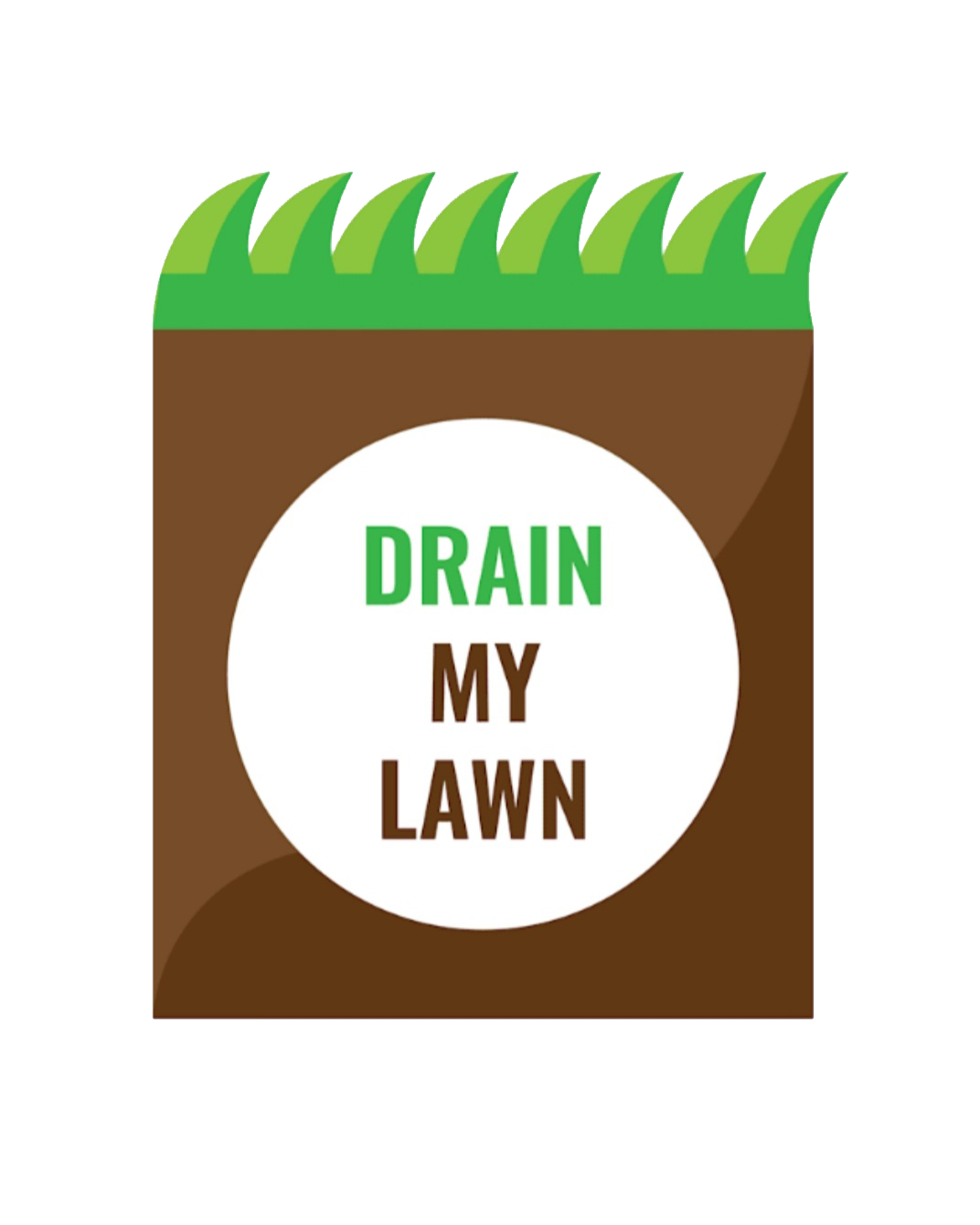Decoding French Drains: Addressing Common Questions for Lawn Drainage
Decoding French Drains: Addressing Common Questions for Lawn Drainage
When it comes to effective lawn drainage, French drains often take center stage, but questions may linger. Let's embark on a journey to decode the mysteries surrounding French drains by addressing some of the most common questions that may arise.
1. What Exactly is a French Drain?
A French drain is a subsurface drainage system designed to redirect excess water away from a specific area, preventing waterlogging and soil erosion. It typically consists of a trench filled with gravel or rock, allowing water to flow freely.
2. How Do French Drains Work?
French drains operate on the principle of gravity. Water naturally flows from areas of higher elevation to lower elevation. The trench filled with gravel creates a path of least resistance, guiding water away from the problem area and promoting efficient drainage.
3. Where Should I Install a French Drain?
Strategic placement is key. French drains are ideal for addressing water accumulation in areas with poor drainage, such as low-lying spots, along foundations, or in places prone to soil erosion. Identifying specific problem areas in your lawn helps determine the optimal placement for maximum effectiveness.
4. Can French Drains Handle Heavy Rainfall?
Absolutely! One of the strengths of French drains is their ability to handle substantial amounts of water. The gravel-filled trench allows for efficient water distribution and prevents overwhelming the drainage system, making it a reliable solution even during heavy rainfall.
5. Are French Drains High Maintenance?
Once installed, French drains are relatively low maintenance. Routine checks to ensure proper functioning, removing debris from the entrance, and periodic inspections are generally all that's needed to keep them operating efficiently.
In conclusion, understanding the basics of French drains can demystify this popular drainage solution. By addressing these common questions, you're better equipped to make informed decisions about implementing French drains for effective lawn drainage.


